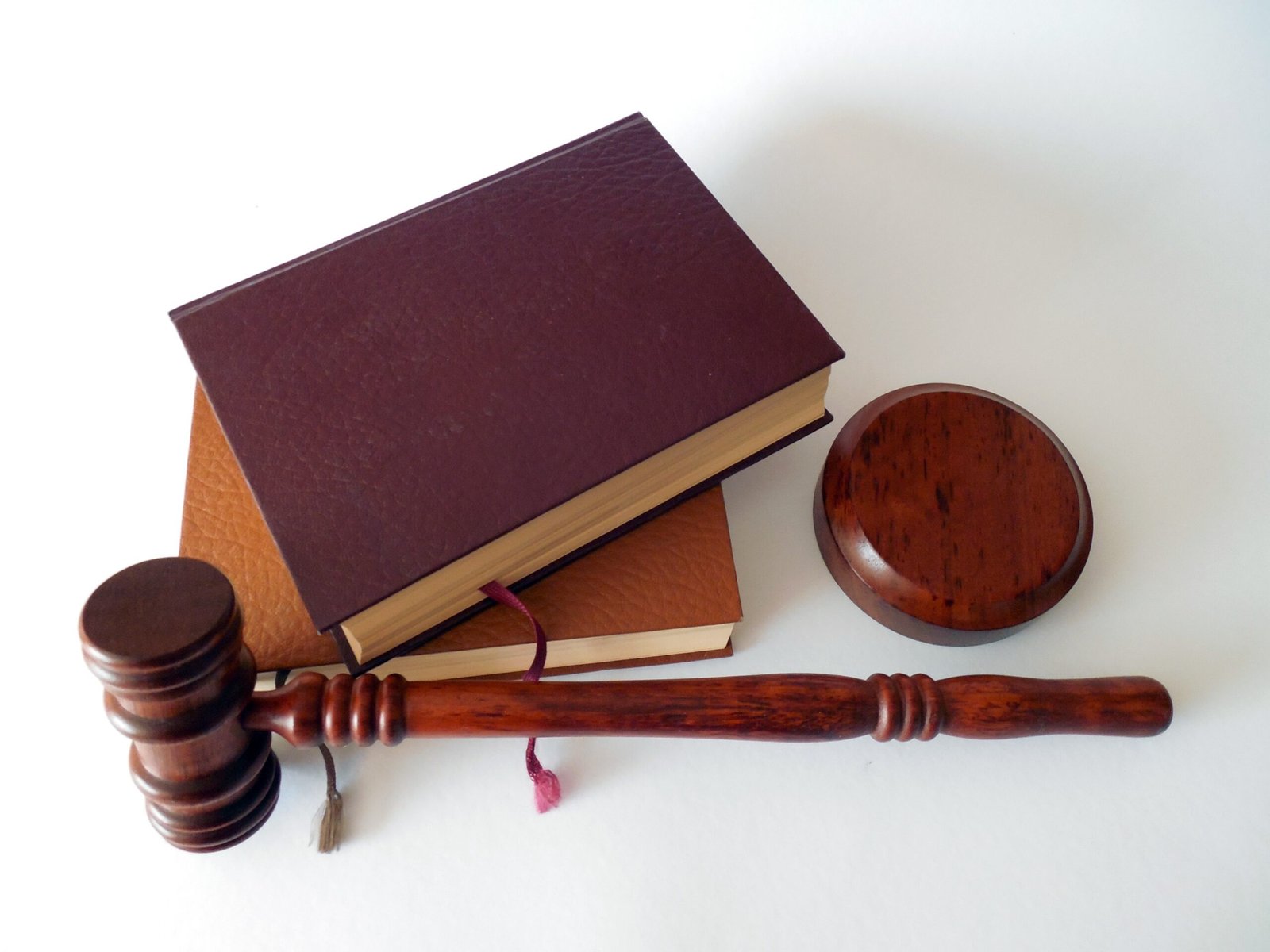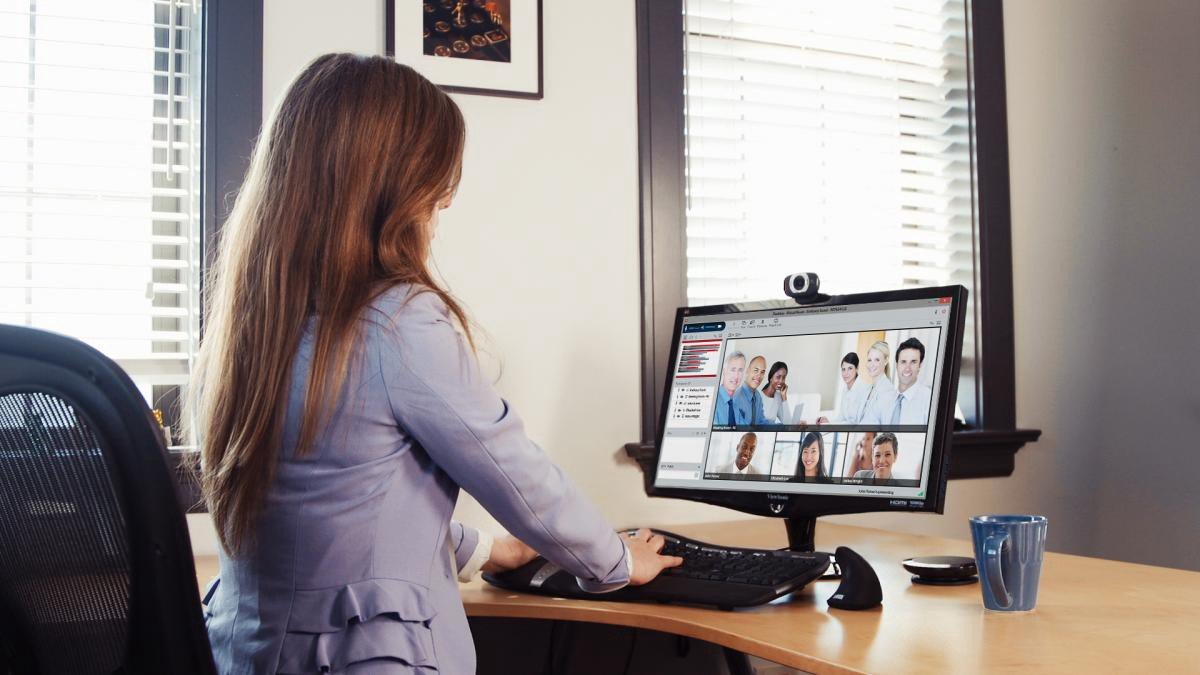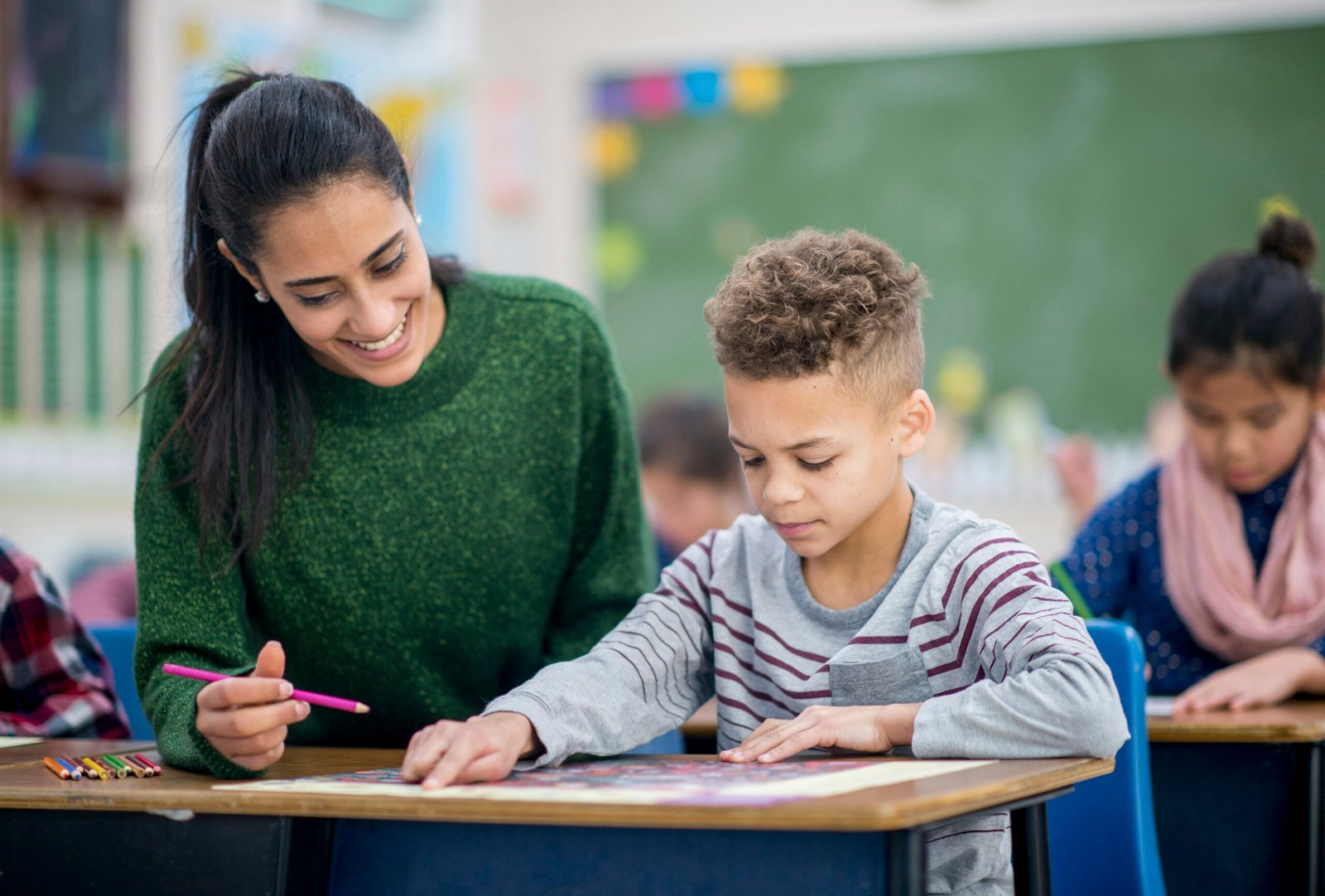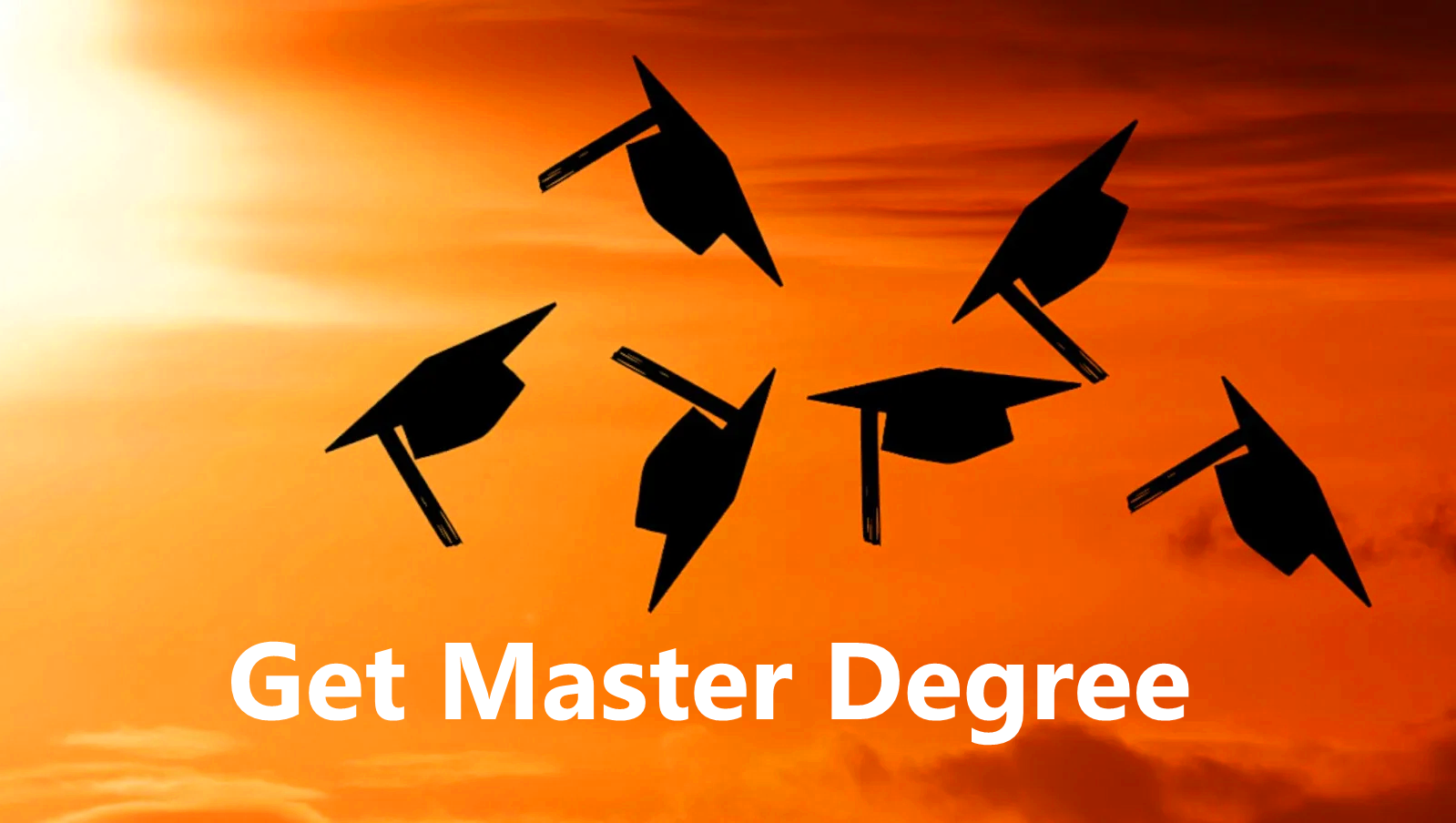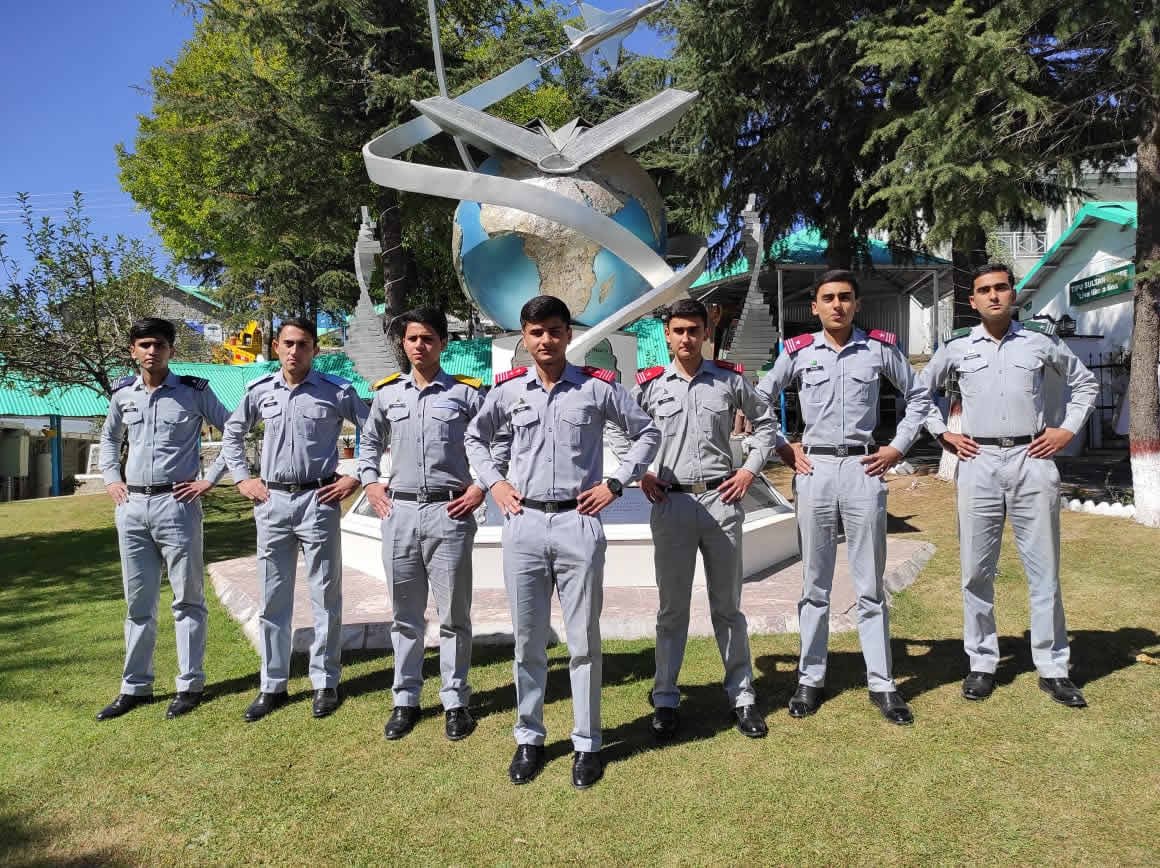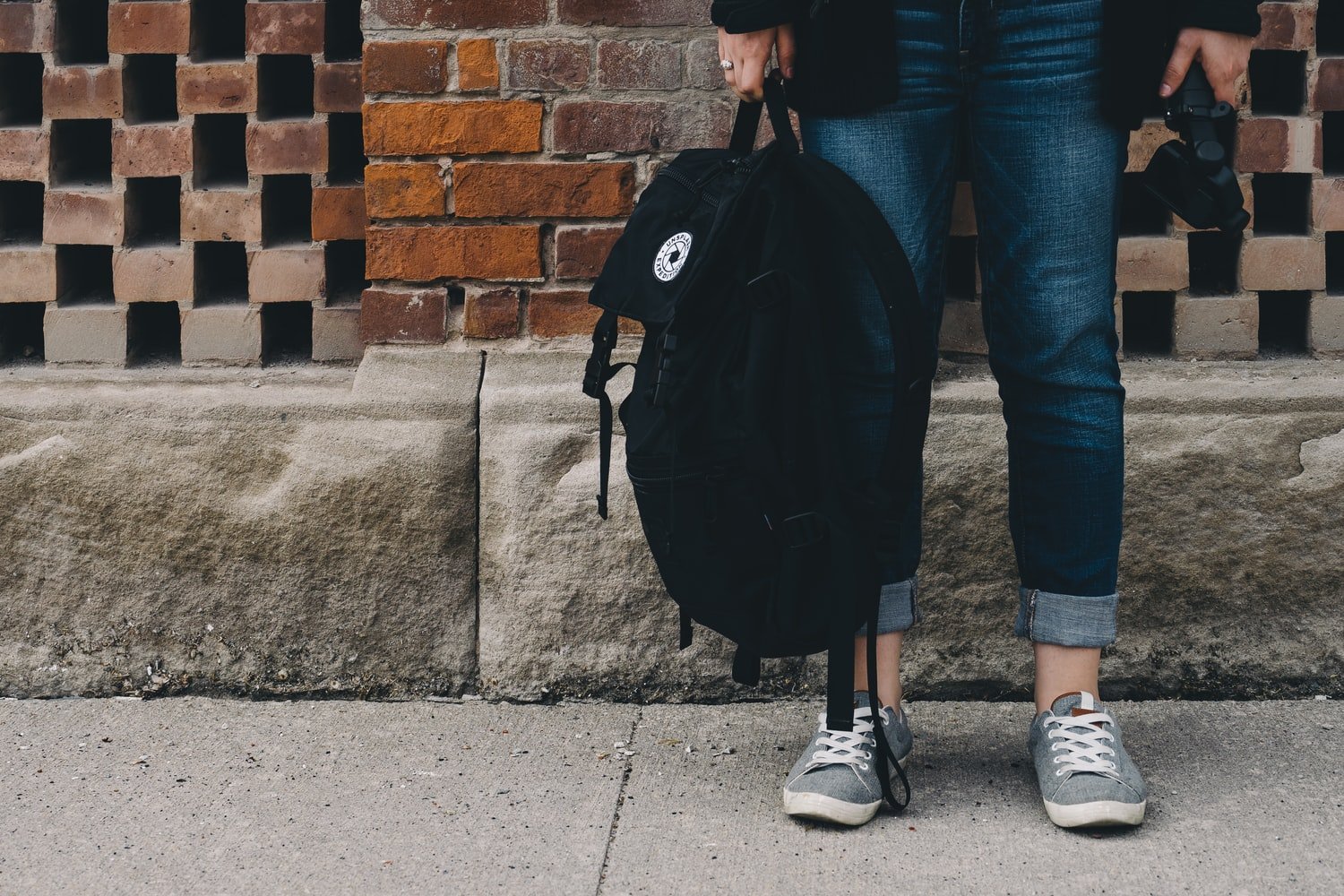Physical Education: Nurturing Minds and Bodies
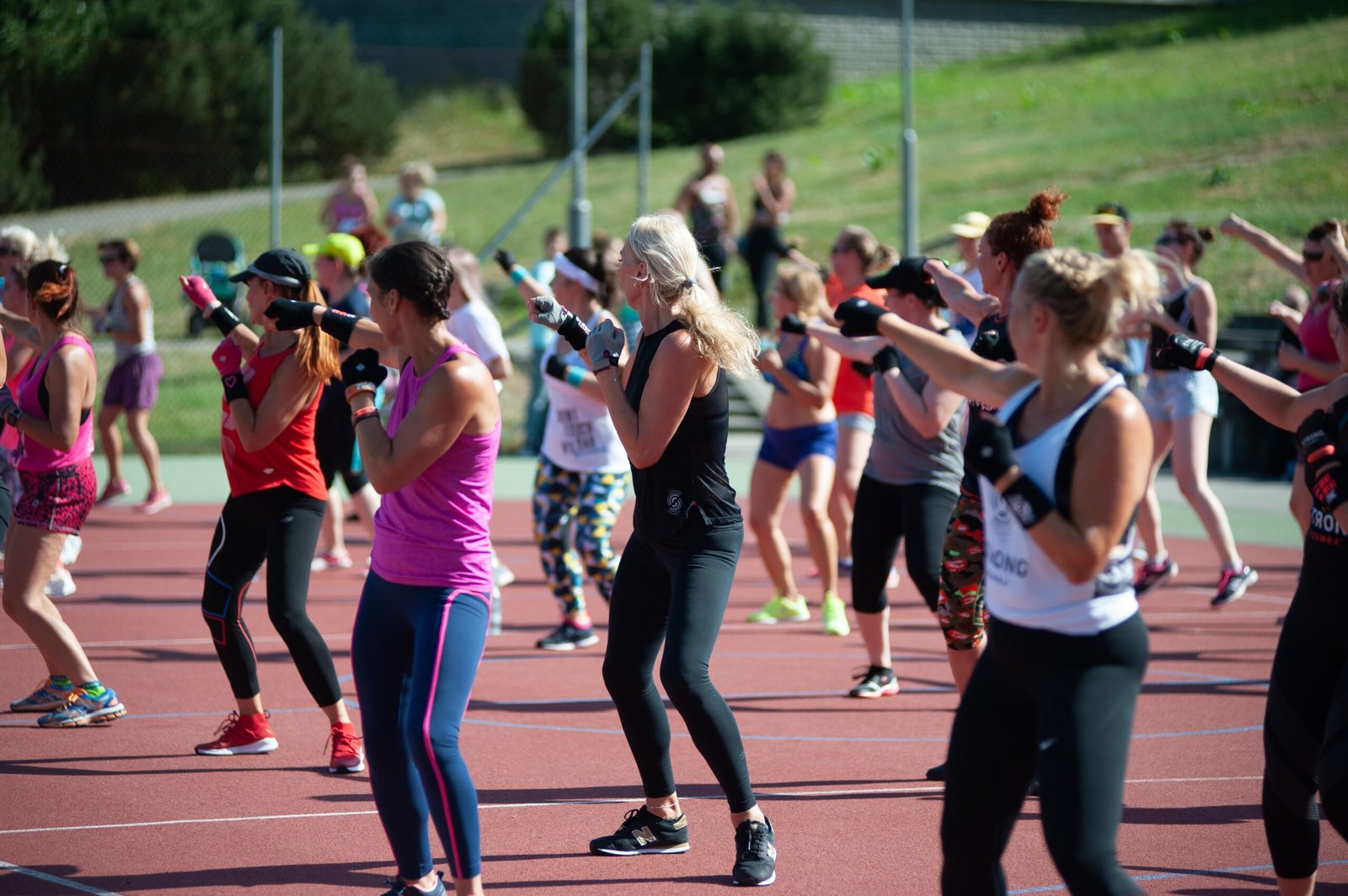
Physical Education: Nurturing Minds and Bodies
Physical education, often abbreviated as PE, is a fundamental aspect of education that goes beyond just keeping students active. It encompasses a range of activities designed to enhance physical fitness, develop skills, and contribute to overall well-being. In this article, we will delve into the various facets of physical education, exploring its historical evolution, objectives, challenges, and its pivotal role in schools.
Outline Physical Education
I. Introduction
A. Definition of Physical Education B. Importance of Physical Education
II. Historical Evolution
A. Origins of Physical Education B. Key Milestones in its Development
III. Objectives of Physical Education
A. Health and Fitness B. Skill Development C. Social and Emotional Well-being
IV. Components of Physical Education
A. Physical Fitness B. Sports and Games C. Outdoor Activities
V. Challenges in Physical Education
A. Lack of Resources B. Technological Distractions C. Changing Lifestyles
VI. Importance in Schools
A. Academic Performance B. Behavioral Benefits C. Long-term Impact on Students
-
INPUT DEVICES- Definition and TypesJuly 22, 2024
-
Top 4 Benefits Of Pursuing A Professional Doctor In Law ProgramFebruary 13, 2024
VII. Innovations in Physical Education
A. Technology Integration B. Inclusive Practices C. Modern Teaching Methods
VIII. Role of Teachers
A. Motivation and Guidance B. Creating Engaging Lesson Plans C. Monitoring Student Progress
IX. Global Perspectives on Physical Education
A. Varied Approaches Worldwide B. Cultural Influences
X. Future Trends
A. Emerging Technologies B. Changing Curriculum C. Increased Focus on Mental Health
XI. Personal Stories
A. Success Stories in Physical Education B. Impact on Individuals
XII. Overcoming Obstacles
A. Community Involvement B. Advocacy for Physical Education
XIII. Conclusion
A. Recap of the Importance of Physical Education B. Call to Action
I. Introduction
A. Definition of Physical Education
Physical education is an educational course that focuses on the development and maintenance of the human body. It involves a combination of physical exercises, sports, and classroom-based activities.
B. Importance of Physical Education
The significance of physical education extends beyond the gymnasium. It promotes a healthy lifestyle, instills discipline, and contributes to the holistic development of individuals.
II. Historical Evolution
A. Origins of Physical Education
The roots of physical education can be traced back to ancient civilizations where physical fitness was highly valued. From the Greeks’ emphasis on the mind-body connection to the Romans’ focus on military training, physical education has evolved significantly.
B. Key Milestones in its Development
The 19th and 20th centuries witnessed the formalization of physical education in schools. Pioneers like Friedrich Jahn and Catherine Beecher played pivotal roles in shaping the landscape of physical education.
A. Lack of Resources
One significant challenge faced by physical education programs is the lack of resources. Many schools struggle with limited budgets, making it difficult to provide adequate equipment and facilities. This hampers the ability to offer a diverse range of activities and diminishes the overall quality of physical education.
B. Technological Distractions
In the digital age, students are constantly surrounded by screens and electronic devices. This poses a challenge for physical education teachers trying to engage students in physical activities. Striking a balance between incorporating technology for educational purposes and ensuring active participation can be a delicate task.
C. Changing Lifestyles
Shifts in societal norms and lifestyles contribute to challenges in physical education. Sedentary behaviors and an increased reliance on technology have led to a decrease in physical activity among students. Addressing these lifestyle changes becomes crucial to promoting the value of physical education.
VI. Importance in Schools
A. Academic Performance
Contrary to the misconception that physical education detracts from academic pursuits, numerous studies show a positive correlation between regular physical activity and academic performance. Exercise has been linked to improved concentration, cognitive function, and overall classroom behavior.
B. Behavioral Benefits
Physical education fosters teamwork, leadership skills, and discipline. Students learn to set goals, work collaboratively, and overcome challenges, attributes that extend beyond the sports field. These behavioral benefits contribute significantly to a student’s overall development.
C. Long-term Impact on Students
Instilling healthy habits and an appreciation for physical activity at a young age can have a lasting impact on students’ lives. Physical education lays the foundation for a lifelong commitment to fitness, reducing the risk of various health issues in adulthood.
VII. Innovations in Physical Education
A. Technology Integration
Modernizing physical education involves incorporating technology to enhance learning. Virtual reality, fitness apps, and interactive equipment can make physical education more engaging and relevant to tech-savvy students.
B. Inclusive Practices
Recognizing the diverse needs of students, inclusive practices in physical education ensure that every student, regardless of ability, can participate. Adaptive equipment, modified activities, and supportive teaching methods contribute to a more inclusive and accommodating environment.
C. Modern Teaching Methods
Gone are the days of traditional drills and repetitive exercises. Modern teaching methods in physical education emphasize creativity, critical thinking, and problem-solving. Teachers are exploring innovative ways to make fitness enjoyable, encouraging a lifelong love for physical activity.
VIII. Role of Teachers
A. Motivation and Guidance
Physical education teachers play a crucial role in motivating students to embrace an active lifestyle. Through positive reinforcement and personalized guidance, teachers can inspire students to overcome challenges and achieve their fitness goals.
B. Creating Engaging Lesson Plans
Crafting dynamic and engaging lesson plans is essential for capturing students’ interest. Varied activities, incorporating different sports and fitness routines, keep the curriculum exciting and cater to the diverse interests of students.
C. Monitoring Student Progress
Tracking individual progress allows teachers to provide constructive feedback and tailor activities to meet students’ needs. Regular assessments ensure that students are not only participating but also progressing in their physical abilities.
IX. Global Perspectives on Physical Education
A. Varied Approaches Worldwide
Physical education programs vary across countries, reflecting cultural differences and regional priorities. Some nations prioritize competitive sports, while others focus on holistic fitness and well-being. Understanding these global perspectives can offer valuable insights into effective strategies.
B. Cultural Influences
The cultural context significantly influences the design and implementation of physical education programs. Recognizing and respecting cultural diversity is essential for creating inclusive and culturally sensitive physical education curricula.
X. Future Trends
A. Emerging Technologies
The future of physical education embraces technological advancements. Virtual reality simulations, augmented reality fitness experiences, and gamified workouts are expected to revolutionize the way students engage with physical activities.
B. Changing Curriculum
As societal attitudes towards health and well-being evolve, the physical education curriculum is also undergoing transformations. Schools are placing greater emphasis on holistic health, mental well-being, and personalized fitness plans.
C. Increased Focus on Mental Health
Recognizing the interconnectedness of physical and mental health, future physical education programs may incorporate mindfulness practices, stress management techniques, and other strategies to promote overall well-being.
XI. Personal Stories
A. Success Stories in Physical Education
Highlighting success stories can inspire students and educators alike. Stories of individuals who overcame obstacles, achieved fitness milestones, or found a passion for sports through physical education serve as powerful motivators.
B. Impact on Individuals
Personal anecdotes demonstrating the positive impact of physical education on individuals’ lives add a human touch to the subject. Sharing real-life experiences fosters a connection between the reader and the importance of incorporating physical activity into one’s routine.
XII. Overcoming Obstacles
A. Community Involvement
Addressing challenges in physical education requires a collaborative effort. Involving the community, parents, and local businesses can contribute to fundraising efforts, providing resources, and fostering a supportive environment for physical education programs.
B. Advocacy for Physical Education
Advocacy plays a crucial role in ensuring that physical education remains a priority in educational institutions. Educators, parents, and policymakers advocating for the importance of physical education can influence policies and secure necessary resources.
XIII. Conclusion
A. Recap of the Importance of Physical Education
In conclusion, physical education is not merely a school requirement; it is a foundation for a healthy, active, and fulfilling life. The multifaceted benefits, from improved academic performance to lifelong fitness habits, underscore its significance in the educational landscape.
B. Call to Action
As we navigate the ever-changing landscape of education, let us collectively recognize the pivotal role physical education plays in shaping well-rounded individuals. Embracing innovative approaches, supporting dedicated educators, and prioritizing the well-being of our students will ensure a future where physical education thrives
AQs About Physical Education
1. Is physical education only about playing sports?
No, physical education encompasses a wide range of activities, including fitness exercises, outdoor activities, and skill development, beyond just traditional sports.
2. How does physical education contribute to academic success?
Regular physical activity has been linked to improved concentration, cognitive function, and overall classroom behavior, positively influencing academic performance.
3. Are there global standards for physical education?
Physical education standards vary globally, reflecting cultural differences and regional priorities. Countries have different approaches, with some emphasizing competitive sports and others focusing on holistic well-being.
4. How can parents support physical education at home?
Parents can encourage physical activity at home by engaging in active family outings, promoting sports involvement, and limiting screen time to encourage a healthy lifestyle.
5. What role does technology play in modern physical education?
Technology is increasingly integrated into physical education through virtual reality, fitness apps, and interactive equipment, making the learning experience more engaging and relevant for students.

